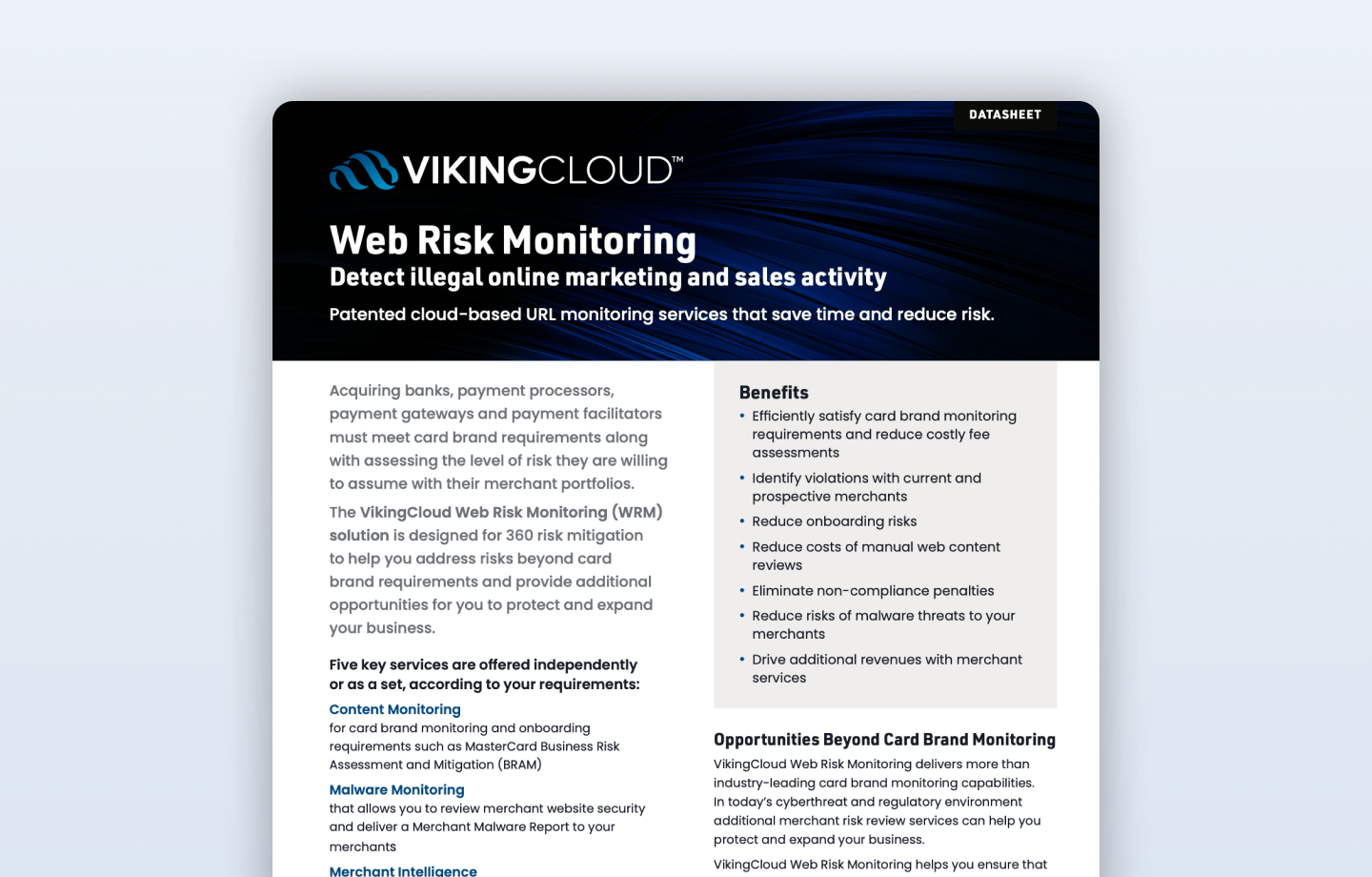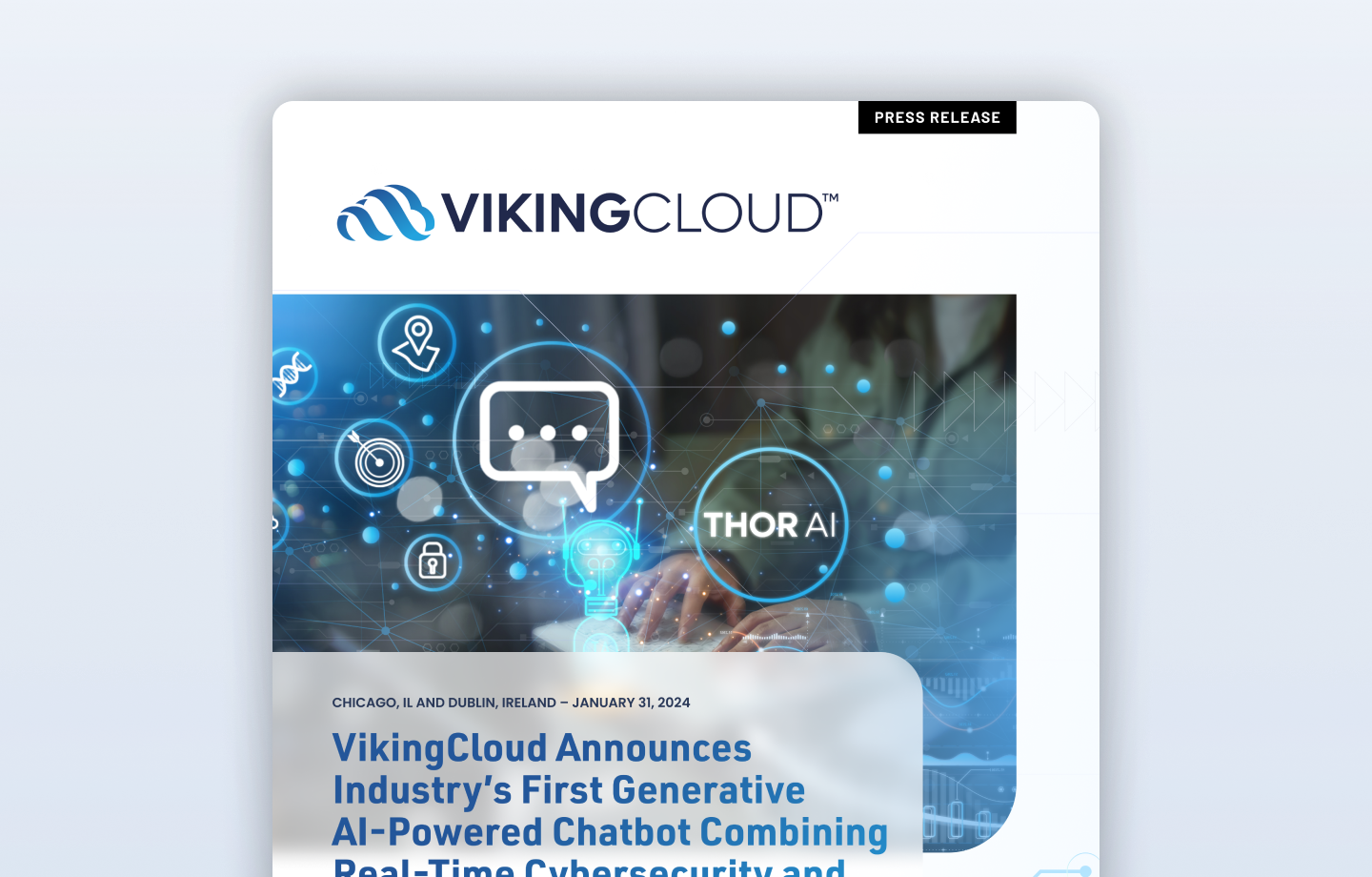Cyberattacks are more commonplace now than ever before in the digital age. A Distributed Denial of Service (DDoS) attack is one of the most prevalent types of cyberattacks. DDoS attacks aim to overwhelm a website or server with extra traffic so that intended users are unable to access it. This is done by an assault involving numerous systems flooding a targeted server or network with junk traffic, which makes it slow down, crash, or potentially cause buffer overflows, which can be used as a first step to elevate access. DDoS attack techniques are frequently carried out by hackers and hacktivists, and possible nation-state attackers. They employ a number of strategies to saturate a website or server with traffic, blocking access for legitimate users. In this blog, we'll look more closely at hackers who conduct DDoS assaults, their methods, and the potential harm they can do.
Targets
The targets of the DDoS attacks can vary, all depending on the perpetrators and the reasons for launching the attacks, and will include:
- Public Services
- eCommerce websites
- Corporate websites and services
- Social or politically oriented sites
How Frequently are DDoS Attacks?
There are an estimated 30,000 DDoS attacks per day, making them a common type of cyberattack. According to a report by Imperva, DDoS attacks increased by 542% between Q4 2019 and Q4 2020. The report also discovered that the average attack duration increased by 31% during the same time, indicating that attackers' techniques are becoming more advanced. Recently we have seen Hacktivist and potential Nation-state attacks performed by a group that calls themselves Anonymous Sudan.
How Do DDoS Attacks by Hackers Work?
DDoS assaults can be carried out in several ways by the perpetrators. Here are a few of the most widespread:
- Botnets: To launch DDoS assaults, hackers frequently employ a network of compromised computers, or ""botnets."" Malware on these computers enables the hacker to remotely control and utilize them to transmit traffic to the server or website they are targeting.
- Attacks that increase traffic: Hackers might increase the volume of traffic sent to the target site by using unsecured servers or other systems. They can overwhelm the target server by making the traffic appear to come from numerous sources by taking advantage of system flaws.
- Attacks on the application layer: In this kind of assault, hackers go at a website's application layer rather than the server itself. They have the potential to crash the website by overburdening its applications.
- Attacks using dedicated systems: Hacktivists and Nation-state threat actors that have funding can create a huge number of dedicated systems in order to launch DDOS attacks.
Amount of Damage Done by DDoS Attacks
DDoS attacks have the potential to seriously harm a website or server, leading to financial loss, reputational harm, and possibly legal repercussions and unhappy customers, as well as SLA failures. Here are some ways DDoS attacks can be detrimental to a company:
- Income lost: If a website is down for an extended period, the firm may experience revenue loss. This is especially true for e-commerce websites whose primary source of revenue is from online sales.
- Reputational harm can result if a website is unavailable or takes a long time to load. Consumers may think the company is untrustworthy or unprofessional, which could cost it future business.
- Contractual challenges: Most contracts contain SLAs, and a system subject to a DDOS attack will likely not meet those SLAs.
- Regulatory and compliance issues: As the DDoS attacks might impact the availability and resiliency, they can cause both regulatory and compliance issues and failures.
- Loss of Data: DDoS attacks can be used as a first step in order to get further access, and the DDoS attack would try to utilize flaws related to buffer overflows to elevate access and data.
How to Prevent DDoS Attacks
All businesses with an internet presence should have some DDoS protection. Multiple services, tools, and methods can be used to defend against DDoS attacks; as with many other security responses, and it should involve a multi-layered strategy. For a business using third-party service providers (TPSP) that include but are not limited to Cloud Service Providers (CSP), it is more than likely that they will offer this service or have it implemented already, and you should reach to your TPSP and confirm and possibly add the service. These are some of the strategies a business should consider to safeguard itself:
- Secure Software Development: Ensure applications are developed to check all input and boundaries using input validation and whitelisting.
- Use of elastic systems: Cloud deployments using containers and container orchestration are one example of elastic systems that can expand the number of nodes as the workload increases and thus help withstand an attack.
- Vulnerability Management: Software and security systems should be routinely updated in vulnerability signatures and target inventory to guard against vulnerabilities that hackers may exploit.
- DDoS protection services: Many cloud-based service providers, including Cloudflare, Akamai, and Amazon Web Services (AWS), offer DDoS prevention services. These services combine network- and application-level defenses to recognize and stop DDoS attacks. To help stop any possible threats, they can also offer real-time monitoring and alerting.
- Network-level: Network-level security measures include setting routers and firewalls to block unauthorized traffic. Rate restriction, packet filtering, and IP blocking are some safeguards that can be used to stop known malicious traffic sources. Lowering the amount of traffic the server or network receives can help make it less vulnerable to DDoS attacks.
- Application-level security measures: DDoS attacks that target particular applications, like web servers or databases, are protected by application-level defenses. Load balancers, Web Application Firewalls (WAFs), and Content Delivery Networks (CDNs) are some examples of these defenses. These technologies can aid in traffic distribution among several servers, blocking malicious traffic and enhancing application performance.
- Analysis and filtering of traffic: Monitoring incoming data for indications of malicious behavior, such as high volumes of traffic coming from a single IP address or odd traffic patterns, is the goal of traffic analysis and filtering. Tools like network traffic analyzers and intrusion detection systems (IDS) can be used for this. Organizations can lessen the impact of DDoS assaults by screening out undesirable traffic.
- Backup and redundancy systems: Maintaining numerous copies of data and programs across several servers and networks is a component of redundancy and backup systems. In the case of a DDoS assault, this can assist enterprises in maintaining availability. Organizations can lessen the impact of DDoS assaults and guarantee the availability of vital services by splitting traffic among several servers.
Conclusion
DDoS attacks by hackers can seriously harm companies, costing them money, harming their brand, and even putting them in legal hot water. A multi-layered strategy is needed to defend against DDoS attacks, including the use of a content delivery network, purchasing DDoS protection services, deploying secure software, and routinely updating software and security systems. The next steps should include the following: Get the assurance that developed software is not susceptible to buffer overflow by:
- Secure SDLC processes
- Perform Penetration Tests
Get the assurance that a sufficient level of protection has been implemented:
- Work with your Third-Party Services Providers (TPSPs) and Cloud Service Providers (CSPs) to determine what services they have implemented to withstand DDoS attacks and what needs to be added.
Businesses can lessen the effects of DDoS assaults and protect their websites and servers by taking these precautions. VikingCloud Managed Compliance and Security Testing Services can help safeguard your business from a DDoS attack. Contact us today for more information.




-attack.png)





































































-program.png)























